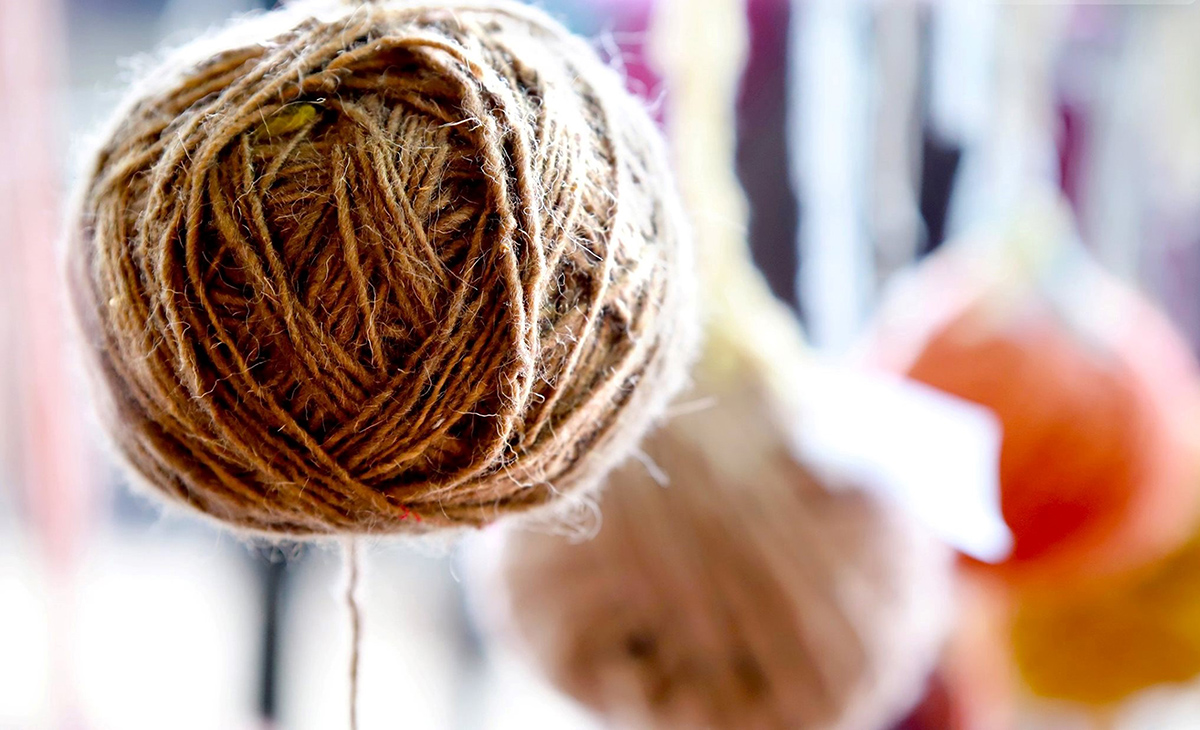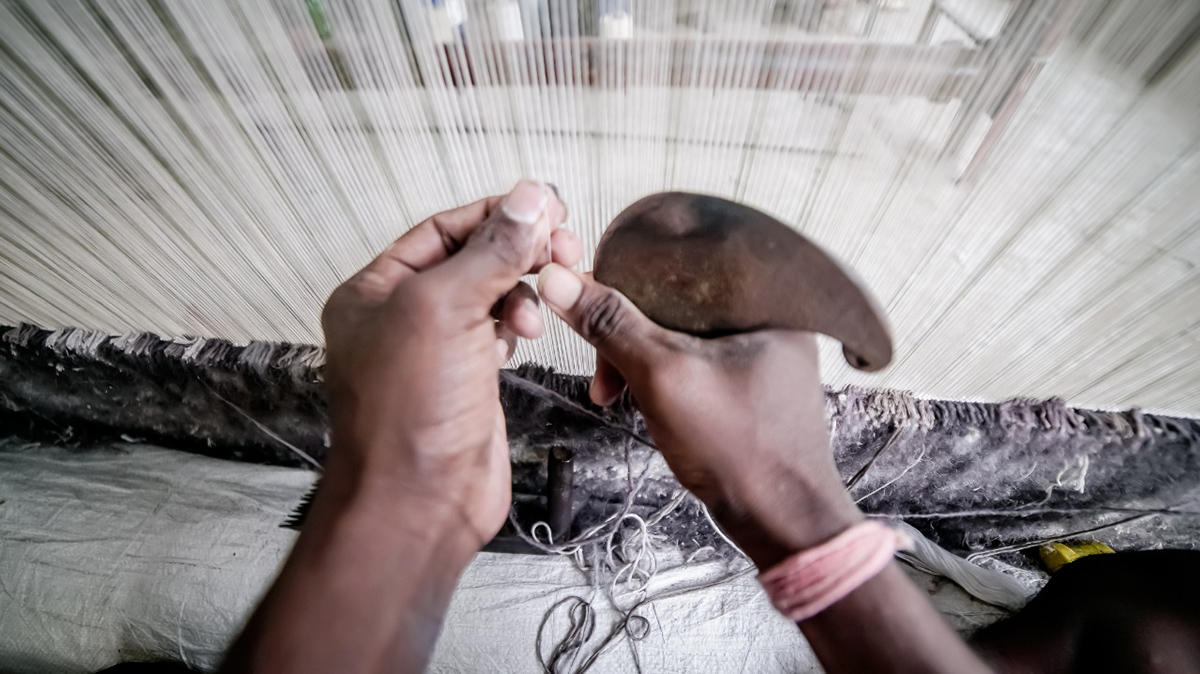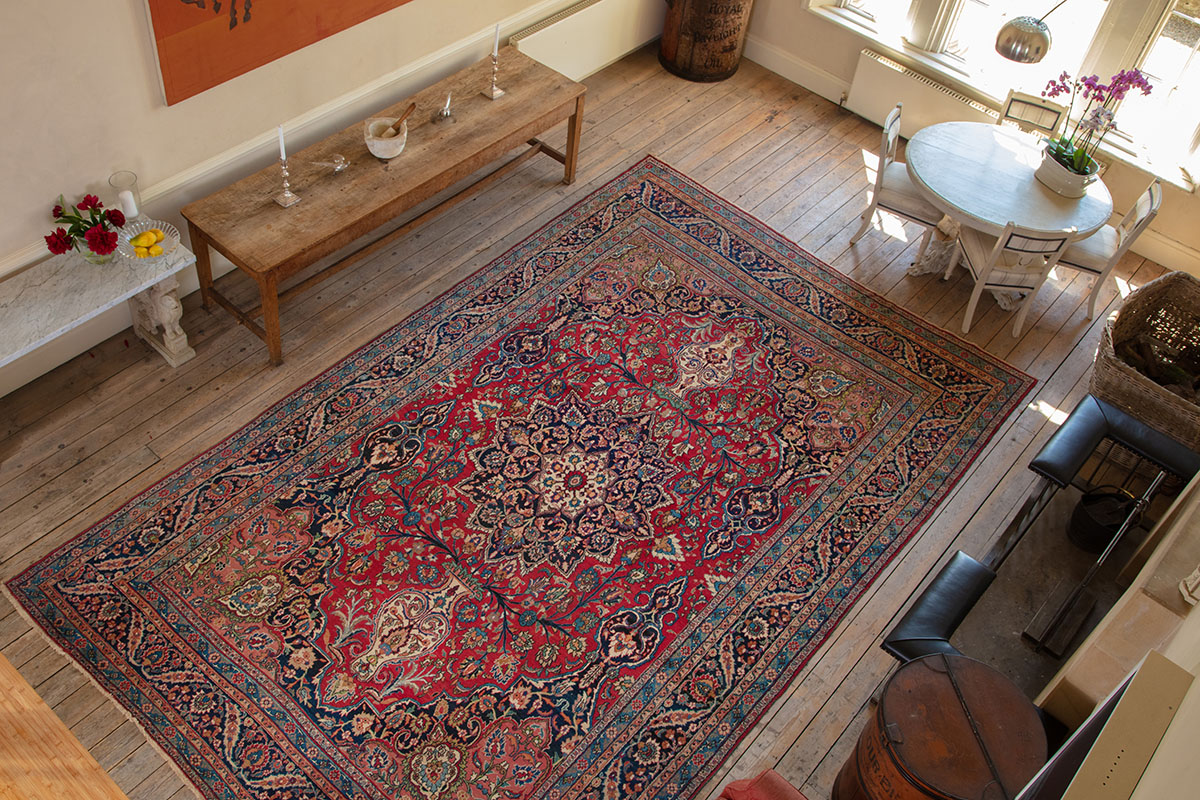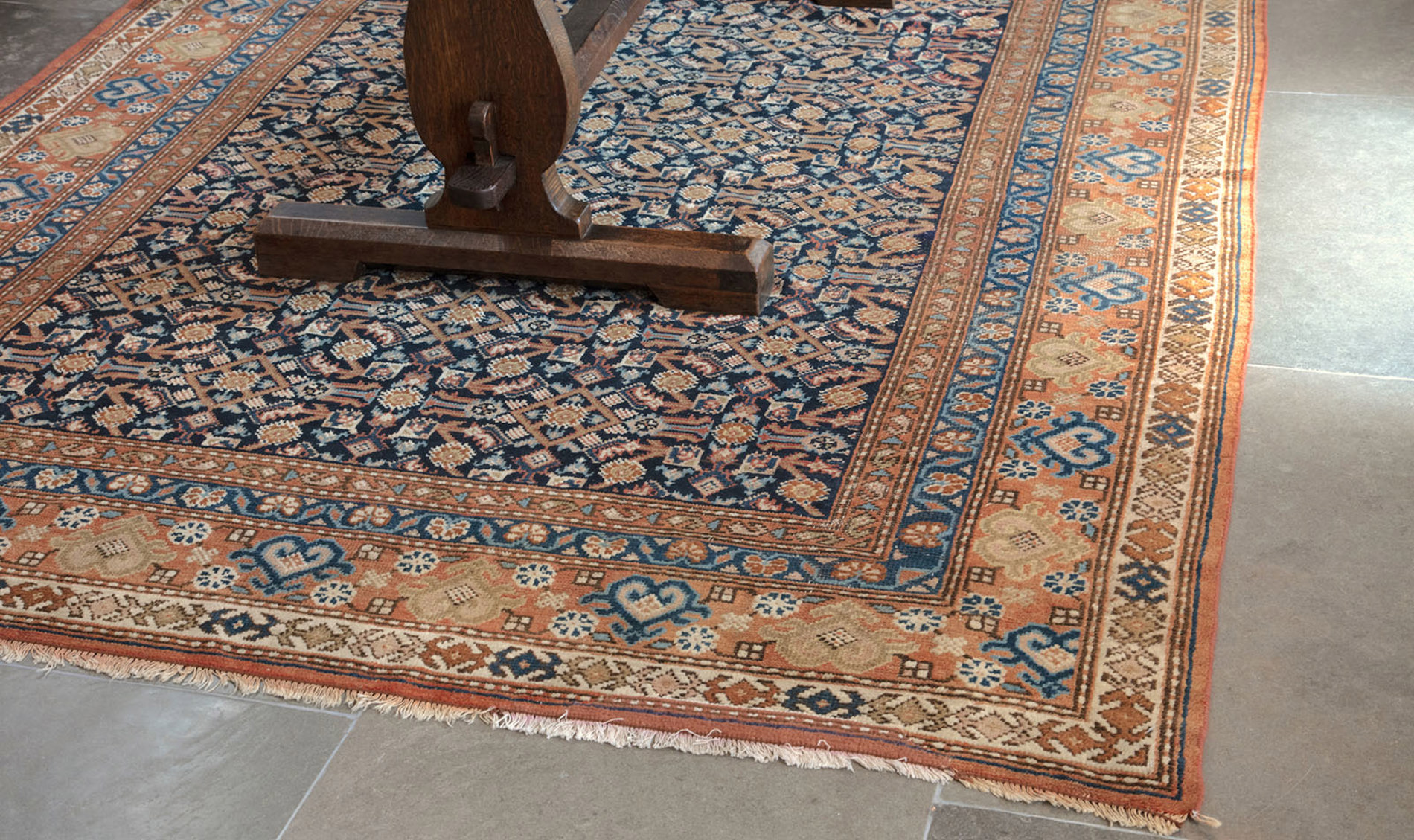Rugs come in hundreds, if not thousands of different colours, styles and sizes, and when browsing online, you’ll often find that certain pieces look similar in design but have significantly different price tags. As you would expect, this is down to quality, but what makes a quality handmade rug, and how does this differ from a machine-made rug of the same design?
From what material are rugs made?
The first thing to consider is the materials used to make the rug. Most luxury carpets will be handwoven from sheep’s wool, bamboo silk, silk, or a combination of these fibres. The exception is Antique and Vintage rugs, as weavers would use goats' hair and camel wool hundreds of years ago, but all in all, high-end rugs are made up of natural fibres and dyed using organic ingredients.
The lack of bleaching used on these rug fibres allows the wool’s character to be preserved, along with its rich texture, and this process also makes the rug highly resistant to soiling and stains.
Everything from the wool pile to the dye comprises organic and biodegradable elements. After centuries of use, these beautifully handcrafted pieces eventually break down, returning valuable nutrients to the planet.
When looking at the composition of a machine-made rug, the warp and weft are made of synthetic fibres such as nylon, acrylic or polypropylene. These materials are dyed using a bleaching technique, making them less durable and prone to fraying. Although many machine-made rugs contain some wool, the bleaching process significantly reduces the durability of the fibres. This means the lifespan of a machine-made rug is only around ten years, compared to handmade rugs which can last as long as 200 years if cared for correctly.

How are these rugs produced?
The biggest difference between machine-made and handwoven rugs is how they are made. Handmade rugs are skilfully woven by master artisans who have inherited the specialist techniques required to knot each yarn by hand. This whole process begins with spinning wool and sometimes silk fibres, creating the yarn. This yarn is then dyed using organic ingredients such as plants or minerals. Given the complexity and intricate details showcased in many handmade rug designs, hand-weaving can take anywhere from 6 months to several years.
On the other hand, machine-made rugs are mass-produced with industrial looms and other machinery controlled by technology. These machine-made pieces are dyed using chemicals which can sometimes be prone to running and damaging to the environment.
Although this manufacturing process makes for a speedy turnaround, the end result is less personal, lower quality, and therefore much cheaper.

Handmade and Machine -Made Rug Designs
The most significant similarity between handmade and machine-made rugs is the designs.
Handmade rugs feature elaborate patterns and bold medallions influenced by weavers from previous generations dating back hundreds of years. These rugs aren’t just pretty to look at, but every warp and weft is steeped in history and culture.
The technology used to print the designs on machine-made rugs is enhanced and capable of copying some of the more complex designs created by hand knotting rugs; however, these designs are batch printed onto multiple rugs, so no design is truly unique.

If you’re looking for a sumptuous rug with a one-off design that has been passionately handwoven to last for centuries to come, a handmade rug is the way forward. London House has over 10,000 hand-woven pieces ranging from sleek contemporary designs to intricate traditional rugs. If you would like help finding the perfect rug for your home, please get in touch with the team who will be happy to help!
